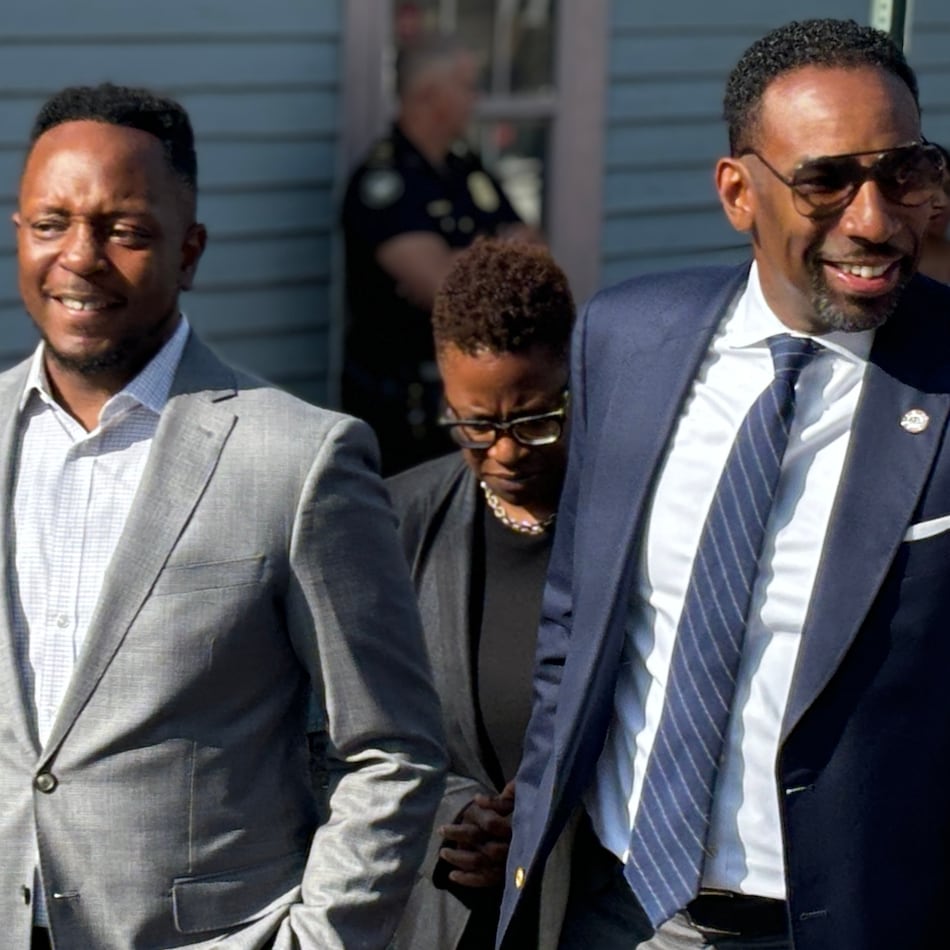JERUSALEM — Imagine driving through a sunny town just miles away from the Mediterranean.
Two young children — both in car seats — merrily gaze out the window.
A siren begins wailing. You’ve been here before. And you know you have 15 seconds before a rocket will descend somewhere on your town.
You slam on the brakes: 14 seconds ... 13 ... 12 ...
The car stops and you fumble for your seat belt: 11 ... 10 ... 9 ...
You get out of the car and open your child’s door: 8 ... 7 ...
Hands shaking, heart beating, you ask yourself: Which of my children do I save?
This is the hell the residents of Sderot face — a situation that has caused many parents to only bring one child with them when they drive anywhere. And, for a time, a situation that led many parents to forbid their children from playing outside.
Two weeks ago, I joined 17 other college media students to travel throughout Israel with Project Interchange, a nonpolitical institute of the American Jewish Committee. The organization brings Americans to Israel to increase their knowledge about the country.
We left on Dec. 28 and returned on Jan. 4. The students were from schools all over the country. Except for one participant from Tulane, I was the only one from the South.
After a few days in the carefree city of Tel Aviv — where rocket attacks are largely out of range, out of mind — we spoke with those who see the conflict firsthand.
For the residents of Sderot, located less than a mile from the Gaza Strip, the physical and emotional scars of the conflict are easy to spot.
One playground we saw had two giant concrete tubes painted as caterpillars. They weren’t for the children to play in, they were shelters from rockets.
Last year, there were three to four rocket attacks daily, or roughly one every six to eight hours. They have dwindled to less than one a week, but when your 10-year-old child is too frightened to sleep alone every night — as is the case of one resident, Chen Abrahams — even a single rocket every 10 days is one too many.
Here, babies instinctively throw up their arms when they hear the sirens because they know someone will pick them up and carry them away.
Concrete shelters are still being constructed. This land and its people have been changed by the rockets.
Geography and politics shoved this town to the heart of the conflict — and most are too poor or too patriotic to move. And on the Palestinian side, life for civilians isn’t much better.
In fact, with 80 percent of residents living below the poverty line, it is probably worse. But that life is shrouded behind a regime not welcoming to the outside world.
They, too, have children on playgrounds. Perhaps they are similar to the Israeli children just a mile away. And perhaps, if their lives weren’t so marred by violence, they could be friends with the children in the concrete caterpillars.
But for us, the 18 college media students standing on an overlook, we could only see what comes out of Gaza — homemade rockets that rain down on Israeli towns.
We do know some things.
We know Palestinians feel their homeland was stolen from them after the United Nations divided the land into two states — one Jewish, one Palestinian. We know the Arab League did not accept the U.N. decision. We know there has been tension ever since.
And we know one thing more: beyond the fences and the rockets and the rhetoric, under Hamas’ militant regime are people. People like us. People like the residents of the town of Sderot.
They are people, however, that are often living in terrible conditions.
Most of Gaza’s residents live in crowded refugee camps with some of the highest population densities on the planet.
Throw in an unstable militant government that would rather Palestinians launch rockets into Israel than provide basic necessities for its people — and you are left with 1.5 million mostly destitute refugees.
Suddenly, it’s easier to see why the Palestinian people are unhappy. Desperate people are more likely to support militant regimes — as they did in 2006 with the election of Hamas.
As Americans, we all have our own beliefs on the Israeli-Palestinian conflict. Both sides have acted violently at times, and neither side is blameless.
But before labeling yourself as pro-Israeli or pro-Palestinian, take a walk in the other side’s shoes. Immerse yourself in the situation, and you may find that in the end, everyone wants the same thing: peace.
To quote a terribly overused saying, the situation is not black and white. The Israelis are not correct. The Palestinians are not correct. And because violence still occurs, everyone suffers.
It takes some serious dialogue to scratch the surface of this complex issue.
Before this trip, I had only experienced the good life in America. My travels abroad were limited to sunny Caribbean islands — not exactly places known for suicide bombers and millenia-old religious struggles.
But at some point, people have a personal responsibility to abandon comfort zones and become exposed to the troubles of our world. Especially aspiring journalists.
Thousands of miles away in the United States, most of us don’t live with a constant fear of attack. Our neighbors don’t launch rockets at us. Our playgrounds don’t feature concrete caterpillars. Our babies aren’t used to being shuffled into a shelter at the sound of a siren.
And that’s something to be thankful for.
Just a few hours after our group turned our backs on the dim lights in the distance — all we were able to see of Gaza — another rocket was shot across the border into the nearby town of Netivot.
And Israeli border babies lifted their arms.
Daniel Burnett is managing editor of the Red & Black, an independent student newspaper at the University of Georgia.
About the Author
Keep Reading
The Latest
Featured

